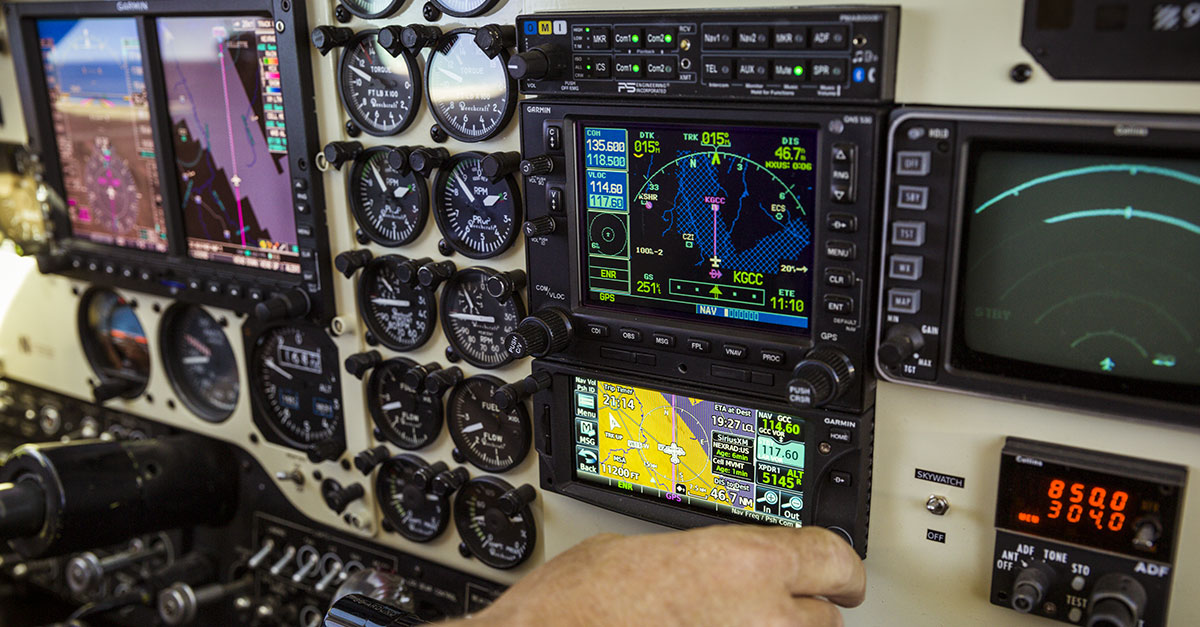
March 1, 2018
Equipping business aircraft with ADS-B to meet the January 2020 deadline starts with scheduling installation of the appropriate equipment, and operators who have not yet scheduled the work are advised to contact their avionics shops now. However, any ADS-B implementation job isn’t finished until the performance of the ADS-B equipment is validated.
Equipment validation can be done using avionics test equipment or by conducting an operational flight in which a free, online FAA Public ADS-B Performance Report (PAPR) confirms the accuracy of the data transmitted from the aircraft. A PAPR is emailed to the person requesting it within 30 minutes of the flight’s conclusion.
Avionics shops typically validate ADS-B installations with test equipment, but with two dozen data points to program, a typo in any one of them leads to incorrect or erroneous data. Recent FAA monitoring of 27,000 ADS-B equipped aircraft identified 5,000 of them that have performance problems or transmit incorrect data. In January, the FAA employed a filter that blocks erroneous ADS-B data from ATC screens and traffic information service broadcasts to other ADS-B-equipped aircraft.
Filtered aircraft will continue to receive ATC services based on secondary radar information when flying in radar coverage. If the FAA ADS-B Focus Team can identify them, it will work with operators to resolve problems. If operators do not respond, their aircraft will be filtered without further notice.
An automated process, PAPR validates aircraft ADS-B performance data by looking for the operator-specified flight in the FAA system’s inventory. Any flight will do, but the FAA recommends at least a 10-minute flight in ADS-B airspace with a recommended minimum altitude of 5,000 feet. The FAA looks at all the parameters of a flight and indicates erroneous data in red. The PAPR User’s Guide defines each parameter.
If an operator doesn’t receive the PAPR, most likely there is a problem with the aircraft’s N number, its 24-bit International Civil Aviation Organization (ICAO) address (Mode S code), or its flight identification (or call sign). The N-number and ICAO address are forever related. Changing the aircraft’s N number, changes its ICAO address. Likewise, aircraft identified by a call sign, like Angel Flight, should ensure that ADS-B transmits the same identification. As a failsafe, operators should request a PAPR after all avionics maintenance, including software updates.


 International Business Aviation Council Ltd.
International Business Aviation Council Ltd.